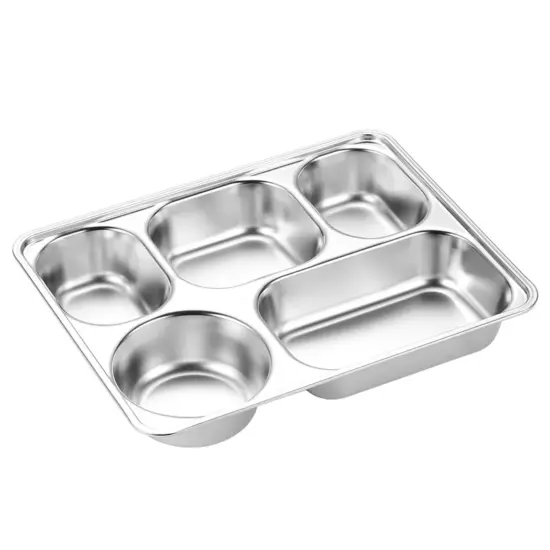jay@nbdho.com
Color & Pattern Trend Research: Customizing Visual Styles for Different Markets
Article Content
Introduction
Understanding color and pattern trends is essential for designing products that resonate with different markets. By customizing visual styles based on regional preferences, demographics, and cultural influences, businesses can enhance appeal, strengthen brand identity, and drive sales. 🎨🖌️
1. 🎨 Researching Color Trends
-
Trend Forecasting Tools
-
Use platforms like Pantone, WGSN, or market reports to track emerging colors.
-
Identify seasonal or industry-specific trends.
-
-
Consumer Preferences
-
Survey target demographics to understand favored colors.
-
Analyze competitors’ successful color schemes.
-
-
Cultural & Regional Insights
-
Colors may convey different meanings in different cultures.
-
Align palettes with local preferences to enhance market relevance.
-
2. 🖌️ Pattern & Design Analysis
-
Popular Motifs & Prints
-
Track trending patterns in fashion, home, or lifestyle products.
-
Examples: geometric, floral, abstract, or minimalist designs.
-
-
Mix & Match
-
Combine patterns and colors to create unique, market-specific styles.
-
Consider product type and intended use when selecting designs.
-
-
Visual Identity Alignment
-
Ensure patterns reinforce brand image and recognition.
-
Maintain consistency across product lines and marketing materials.
-
3. 🌍 Market Segmentation
-
Demographic Considerations
-
Age, gender, and lifestyle influence color and pattern preferences.
-
Customize designs to appeal to specific customer segments.
-
-
Regional Adaptation
-
Adapt styles to suit regional aesthetics and cultural norms.
-
Examples: bold colors for youth markets, muted tones for corporate clients.
-
-
Product Context
-
Consider functional and situational aspects of products when choosing visuals.
-
Example: outdoor gear may prioritize camouflage or high-visibility colors.
-
4. 💼 Business Benefits
-
✅ Increased Customer Engagement: Products resonate with local tastes.
-
✅ Enhanced Brand Perception: Trend-aligned designs signal innovation.
-
✅ Higher Sales Potential: Tailored visual styles drive purchase decisions.
-
✅ Market Differentiation: Stand out in competitive markets with unique, localized designs.
5. 💡 Best Practices
-
🖼️ Trend Mapping: Create visual boards to track and compare colors and patterns.
-
🔄 Iterative Design: Test concepts with focus groups or surveys before full production.
-
🌱 Sustainable Choices: Consider eco-friendly materials and dyes for ethical appeal.
-
📦 Cross-Market Flexibility: Design modular visuals that can be slightly adjusted for different regions.
Conclusion
Conducting color and pattern trend research enables businesses to customize visual styles for different markets effectively. By combining trend insights, cultural understanding, and demographic targeting, companies can boost product appeal, enhance brand identity, and drive sales growth. 🎨🌍🖌️


